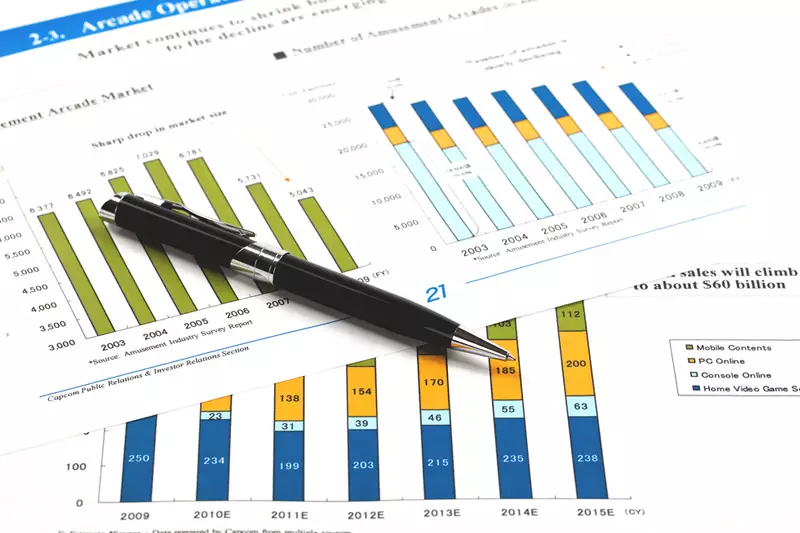The recent fluctuations in the U.S. dollar have left investors on edge, with all eyes now turning towards the upcoming U.S. inflation data. Last week saw a mixed bag of economic indicators, from a slowdown in services growth to unexpectedly strong hiring numbers. This disparity led to a reevaluation of expectations for Federal Reserve rate cuts this year. The dollar index, which measures the greenback against major peers, remained flat at 104.38, while U.S. Treasury yields surged, reflecting expectations of interest rate moves.
Currency analysts at MUFG have warned of the risks of the Federal Reserve falling behind other central banks in cutting interest rates. A potential upside surprise in inflation data could trigger a shift towards a more hawkish outlook on Fed rate cuts, potentially propelling the U.S. dollar higher. This uncertainty has left investors cautious, awaiting the release of U.S. consumer price inflation for March later this week.
Yen Vulnerability and Japanese Intervention
Meanwhile, the Japanese yen has been sliding close to 34-year lows, prompting concerns over potential intervention by Japanese authorities. Japanese Prime Minister Fumio Kishida has reassured markets of Tokyo’s willingness to take action to support the yen. Bank of Japan Governor Kazuo Ueda has maintained a cautious stance on monetary policy, leaving markets uncertain about potential interventions.
Former top currency official in Japan, Takehiko Nakao, has highlighted the possibility of intervention in the foreign exchange market to prevent sharp falls in the yen. Nomura currency strategist Jin Moteki has warned that the upside for dollar-yen is limited due to the risk of Japanese authorities stepping in. This vulnerability in the yen exchange rate has added another layer of complexity to the global currency market.
In addition to the U.S. inflation data, investors are also closely monitoring the European Central Bank (ECB) policy meeting scheduled for later this week. The euro and sterling have experienced slight fluctuations, with the euro dipping 0.1% and sterling down 0.1% against the dollar. The ECB’s decision on interest rates and potential future easing measures could further impact the global currency landscape.
While the base case for the ECB is to hold rates steady this week, there is speculation about a possible rate cut in June. The ECB’s confidence in inflation returning to its target of 2% has not translated into concrete plans for further easing measures. This ambiguity has added to the uncertainty surrounding the euro and other major global currencies.
In the midst of these fluctuations in traditional currency markets, cryptocurrencies have shown resilience. Bitcoin, in particular, has seen a 5.3% increase, reaching $71,230. The volatility in fiat currencies has driven some investors towards alternative assets like cryptocurrencies, seeking stability in times of uncertainty.
Overall, the impact of U.S. inflation data on the dollar and yen exchange rates remains uncertain. Investors are bracing for potential shifts in market sentiment based on the upcoming economic indicators. The interplay between central bank policies, interventionist measures, and market expectations will continue to shape the currency landscape in the days to come.

